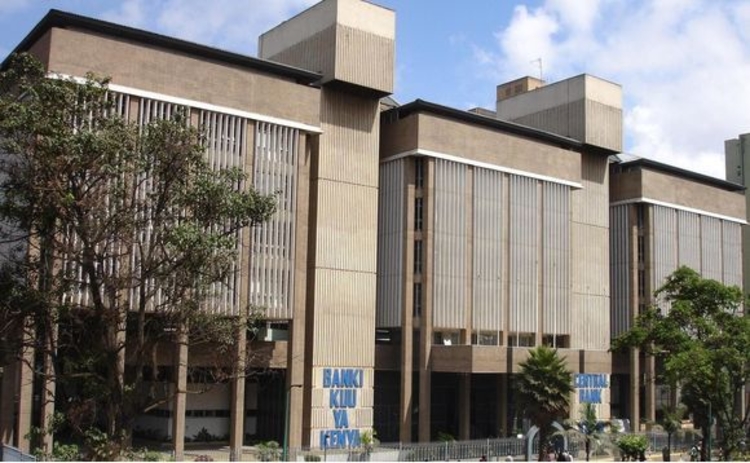Unlocking productivity within banking through collaboration

By Kendi Ntwiga
Prior to the Covid-19 pandemic, banks were under increased strain due to slowing industry growth, a low interest rate environment, and the rise of Fintechs and other non-traditional players. Today, banks are still thinking about how to keep costs under control while providing a frictionless customer experience.
While the banking industry has gradually embraced digital tools and automation, those who effectively use tools to improve employee experience and collaboration to empower their employees to work more effectively together will stand out.
Microsoft have studied the operating environment and concluded that, even though banks and capital market firms have widely pursued digital transformation initiatives and business process automation, significant friction remains in the system. Internal and external digital communication and collaboration, as well as collaboration with customers and partners, continue to be significant challenges. Employees and executives alike are attempting to reimagine the ‘bank’ or ‘firm’ to compete with new market entrants as next generation banks and Fintech firms demonstrate competitive advantage through improved customer experience, increased operational efficiency, and faster time to market.
And the stakes are obvious. Traditional banks are under threat from new entrants, as well as slowing economic and industry growth. According to McKinsey, 60 per cent of banks face going out of business during the next economic downturn because returns are less than the cost of equity. It should come as no surprise that implementing digital technologies can help banks improve their position. McKinsey says banks that successfully implement digital could see a 40 per cent rise in profit due to improved top-line growth and lower operational costs. Digital laggards, on the other hand, may see profits fall by up to 35 per cent.
While most banks have made large, symbolic investments in consumer-facing technology, business process collaboration remains largely manual and inefficient. Collaboration has the potential to improve operational productivity and the chief experience officer’s relevant KPIs in three ways: customer experience, employee engagement and organisational productivity.
For starters, today’s customers have higher expectations. Millennials and Generation Z are accustomed to a certain level of customer experience and digital aptitude throughout the customer journey. Banks have begun to lose customers’ trust, and as a result, their share of wallet is shifting to next-generation banks and Fintechs that provide a better digital customer experience.
Studies in the US show more than a quarter of customers trust a Fintech firm more than their primary bank, and more than half trust a Fintech firm more than banks in general. Customer experience, unsurprisingly, is a key differentiator in the banking industry for attracting and retaining customers. Furthermore, banks with higher net promoter scores (NPS) have higher revenue. Leaders in NPS have higher net interest income growth rates and higher deposit growth rates than laggards. High NPS scores can be driven not only by the level of service customers receive, but also by the efficiency and ease in which they went through the process, which can be boosted by digital interactions with a firm.
Like changing customer expectations, employee expectations are also evolving. In the current environment, supporting employees and culture is very important. As potential or current employers, banks are now compared to tech firms, with their agile workplaces, digitally minded cultures and modern technologies. In addition, and according to McKinsey; “employee experience shapes customer experience. This is even more true in a crisis”.
Digital engagement tools for customer interactions help effect positive change aligned to customer needs. Employees are still critical in overall processes and make a material difference in outcomes. Keeping strong employee connections is important via virtual events, townhalls and team-based interaction.
When it comes to organisational productivity, stringent compliance, security and privacy requirements, inefficient, human error-prone business processes, or unsanctioned digital communications tools can impair productivity, create operational risks, direct compliance costs, and negatively impact reputation if not executed correctly. In terms of culture, digitisation is being used to boost productivity by incorporating an agile mindset and changing traditional hierarchies. Aside from culture, increased productivity and an agile workforce increases the speed with which employees complete tasks, accelerating time to market.
To summarize, Microsoft’s research indicates that cross-group collaboration is especially effective when embedded in critical business processes that require high levels of collaboration and specific cross-company use cases.
Cross-group collaboration such as Microsoft Teams can be used to streamline and improve customer experience and operational efficiency through remote sales and service, crisis management, and knowledge management, resulting in frictionless interactions, real-time communication and information that is properly codified and used to support decision making.
Microsoft recently announced the release of Loan Manager, a solution designed for the financial services industry, to address some of the issues raised above. The solution is intended for use in financial services to enable automation, collaboration between front and back offices, and improved business-to-consumer communications to accelerate lending processes, reduce errors, and improve customer experiences. Banks’ customer service can only improve.
— Country Manager, Microsoft Kenya















